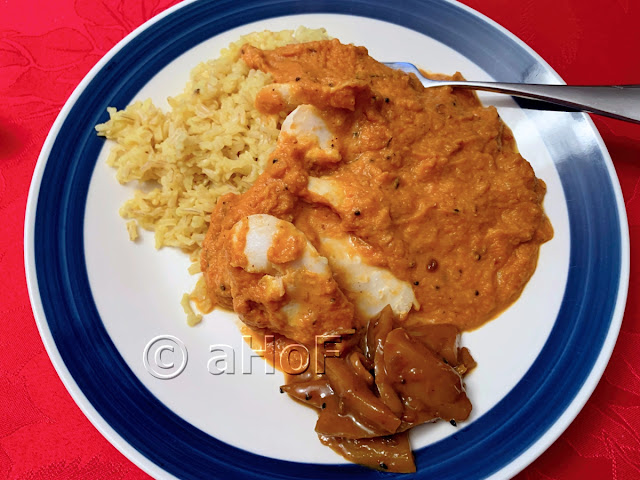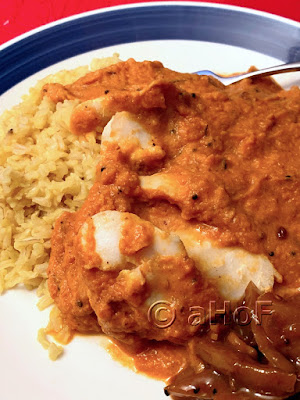When homemade salad dressings are easy enough to make, and generally with ingredients already on hand, well, why not make them? I have quite a few salad dressings that I really like and make often. One is my Chris's Oriental Dressing, one I usually have on hand, as everyone seems to like it. With all this in mind then, I am going to set a few of my usual salad dressing recipes here to choose from.
Honey Dijon Dressing
Good for more than just a salad, this can be poured over baked chicken or pork for a really wonderful sauce or used as a dipping sauce.
Makes about ¾ cup
¼ cup honey
3 tablespoons Dijon mustard
2 tablespoons olive oil
1 tablespoons minced shallot
1 tablespoon apple cider vinegar
1 tablespoon lime juice
salt and pepper, to taste
Place all ingredients into a bowl and whisk briskly until the dressing emulsifies. Or, place ingredients in a jar with tight fitting lid and shake until the dressing emulsifies. Refrigerated in a tightly sealed container, this dressing should keep for up to a month.
~~~~~~~~~~~~~~~~~~~~~~
Blue Cheese Dressing
Good on a salad, of course, but try it as a sandwich spread or dipping sauce for chicken or pork. Use your favorite Blue Cheese. I use Maytag or Saga Blue.
Makes about 2½ cups
¾ cup mayonnaise
½ cup plain yogurt
½ cup good quality olive oil
6 ounces Blue Cheese
1 - 2 tablespoons red wine vinegar
a few grinds of black pepper
In a mixing bowl, stir together the mayonnaise and yogurt, then whisk in the olive oil until well combined. Crumble in the blue cheese and mix with one tablespoon of the red wine vinegar. Season with pepper, to taste, and check for flavor. Add int he second tablespoon of red wine vinegar if needed to round out the flavors. Refrigerated in a tightly sealed container, this dressing should keep for up to 3 weeks.
~~~~~~~~~~~~~~~~~~~~~~~
Sherry Balsamic Vinaigrette
| Sherry Balsamic Vinaigrette |
A wonderful balsamic vinaigrette dressing for any salad. Sherry vinegar and walnut oil may not be available, but if not, and you have the ability to seek them out, it makes for a most excellent flavor. If using hazelnuts in a salad, switch the walnut oil to hazelnut oil.
Makes about ¾ cup
2 tablespoons sherry vinegar
2 tablespoons balsamic vinegar
1 tablespoon honey
1 teaspoon Dijon vinegar
3 tablespoons walnut oil
3 tablespoons olive oil
a pinch each of salt, pepper, cayenne
Whist all ingredients briskly to emulsify, or mix all ingredients in a jar with tight fitting lid and shake to emulsify. Refrigerated in a tightly sealed container, this dressing should keep for up to a month.
~~~~~~~~~~~~~~~~~~~~~~~~~~
Lemony Vinaigrette
This lovely dressing is great on most salads, and can also be used basted over things like vegetable kebabs, or used as a veggie dip.
Makes about 1 cup
2 tablespoons butter
⅓ cup shallot, minced
⅓ cup olive oil
3 tablespoons Dijon mustard
2 tablespoons fresh-squeezed lemon juice
2 teaspoons fresh thyme leaves, minced
1 tablespoon lemon zest
Melt butter and olive oil in a small skillet and saute the shallot until softened. Off the heat, add in the remaining ingredients, whisking until emulsified. Set aside to cool completely before storing in a tightly sealed container. Will keep for 2 to 3 weeks in the refrigerator.
~~~~~~~~~~~~~~~~~~~~~~~~
Cilantro Sauce / Dressing
| Cilantro Sauce or Dressing |
While this recipe turns out a thicker sauce, making it a perfect dip for chips, it can very easily be used as a salad dressing or as a sauce over chicken or pork, or to mix with rice. Many do not like cilantro and may be put off by this recipe, although when I served this over chicken at a wine tasting I heard many comment that they didn't like cilantro, "but this sauce is delicious!"
Makes about 3 cups
1 large bunch cilantro
1 cup Salsa Verde (Tomatillo based Green Sauce)
1 teaspoon salt
2 jalapeno peppers, seeds & membranes removed for less heat
2 large cloves fresh garlic, minced
1 tablespoon lime juice
½ cup sour cream
¼ cup olive oil
Place all ingredients into a blender container and puree until smooth. Store in a tightly sealed container in the refrigerator for up to 2 weeks.
~~~~~~~~~~~~~~~~~~~~~~~~~~~~
Orange Sesame Dressing
With oriental type flavors of dark sesame oil, ginger, soy sauce and tahini, mixed with orange juice and a bit of marmalade for sweetness, this is a delicious salad dressing. Don't be put off by the ingredients list. This is well worth a try.
Makes nearly 1½ cups
| Orange Sesame Dressing |
2 teaspoons sesame tahini
⅓ cup orange juice
3 tablespoons orange marmalade
3 tablespoons soy sauce
1 tablespoon fresh grated ginger
1 tablespoon lime juice
1 large clove garlic, minced
2 shakes cayenne pepper
½ teaspoon fresh ground black pepper
2 tablespoons finely minced scallion
6 tablespoons neutral oil, such as grapeseed
2 tablespoons dark Asian sesame oil
Whisk the tahini into the orange juice to soften and disperse, then add all the remaining ingredients and whisk briskly to combine. Store in a tightly sealed jar, refrigerated for up to 3 weeks.
My passion is teaching people how to create a harmony of flavors with their cooking, and passing along my love and joy of food, both simple or exotic, plain or fancy. I continue my journey in ethnic and domestic cuisines, continuing my journey to explore diverse culinary experiences and hopefully to start you on a journey of your own. Join me also at A Harmony of Flavors on Facebook, and Pinterest.




